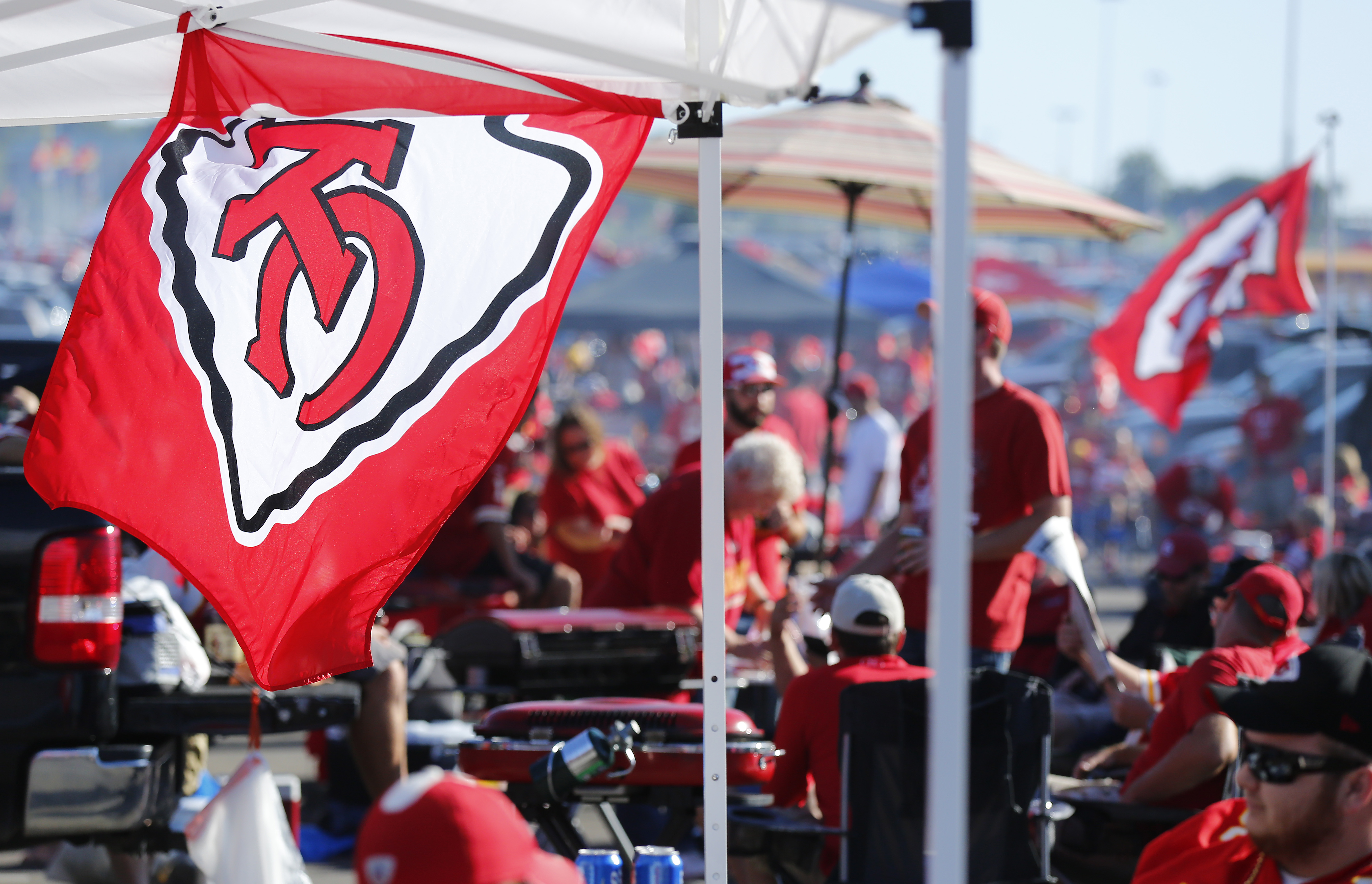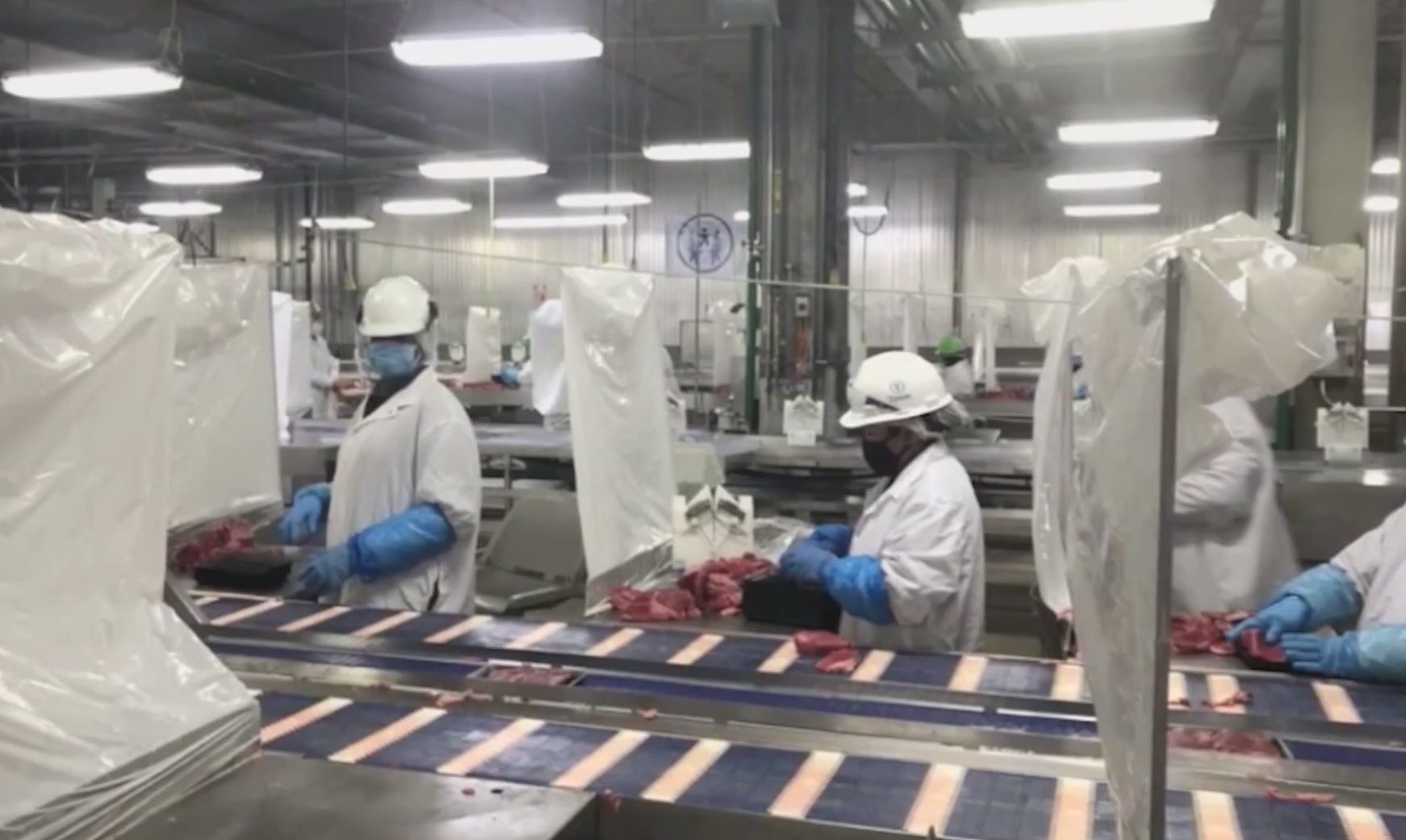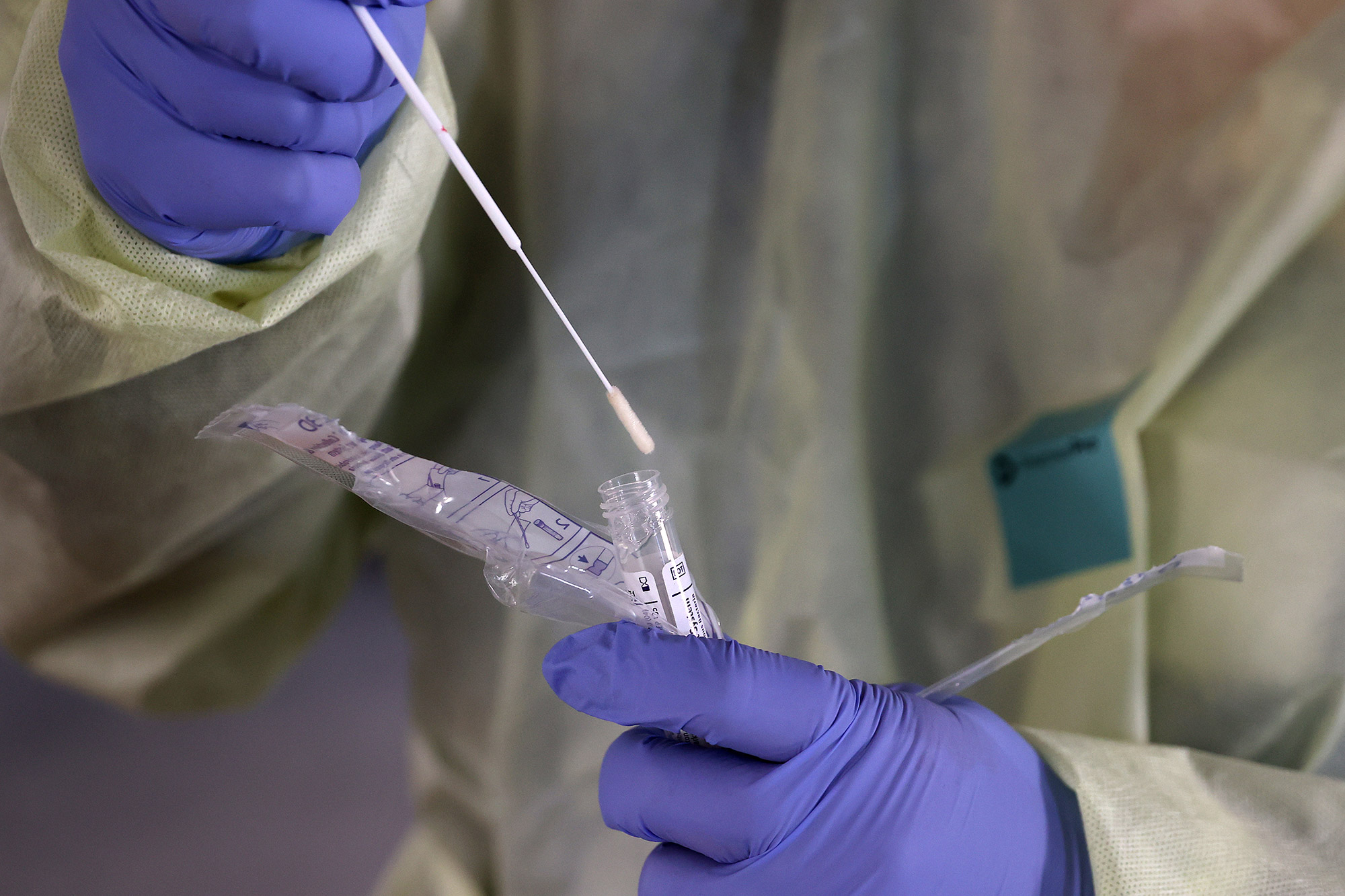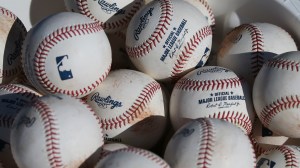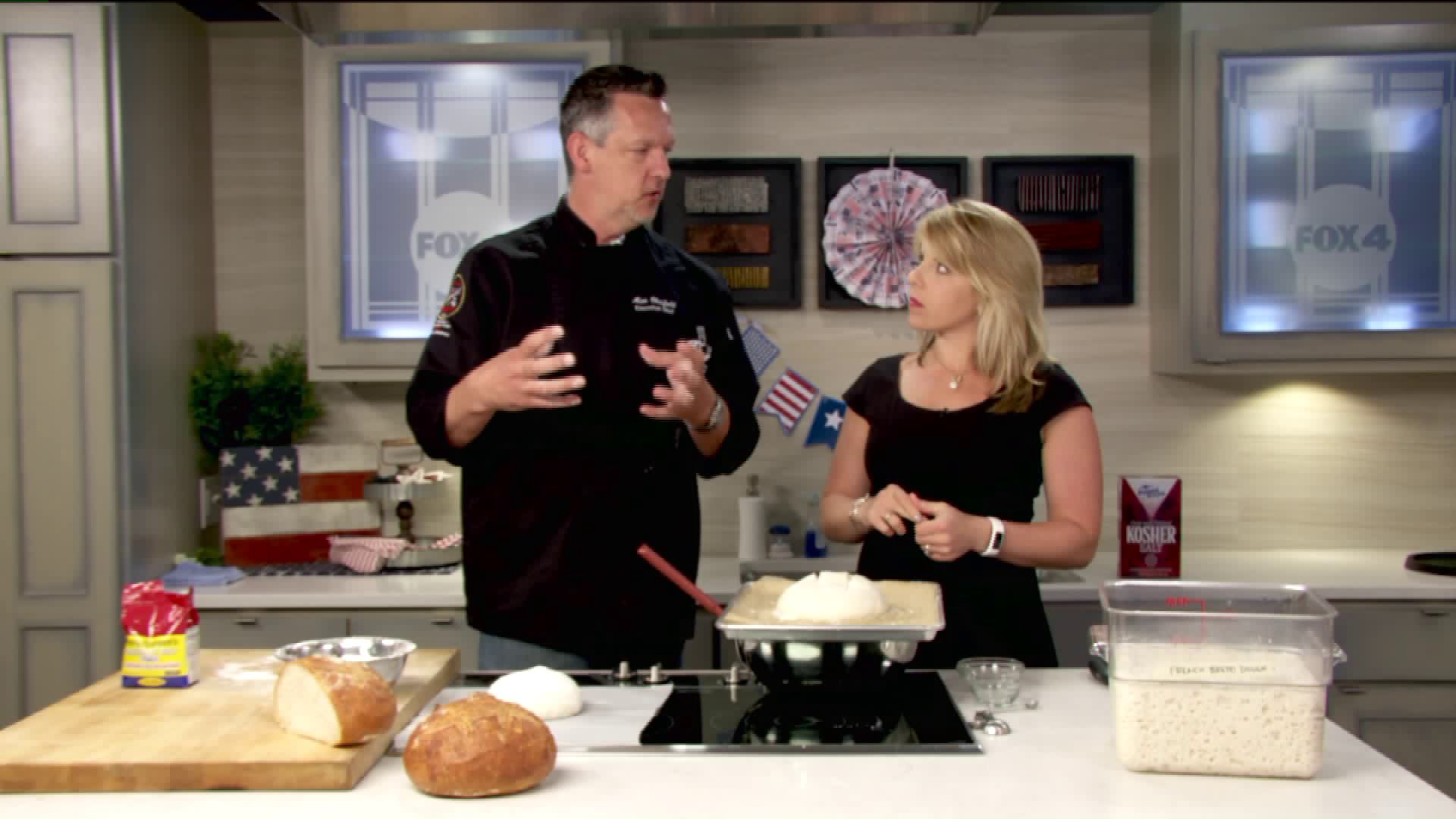KANSAS CITY, Mo. — Sunday is a historic day for Major League Baseball. For the first time ever, all 30 teams in the league will wear a patch to commemorate the 100-year anniversary of the Negro Leagues. For the many black men who were definitely good enough to play in the majors but were never given the chance, this day it’s a long time coming.
“It’s a wonderful day in baseball history,” said Ray Doswell, with a smile.
Doswell is the Vice President of Curatorial Services at the Negro Leagues Museum. He’s been there since the 75th Anniversary of the inception of the Negro Leagues.
“Today should be a special day all across the country,” he said.
Back in the 1930’s and 40’s, when sodas at Negro League ballparks were only five cents each, players like Jackie Robinson, Satchel Paige and Ernie Banks we’re dreaming of the day Major League Baseball would finally embrace their impact on the game.
Buck O’Neil was the manager of the Kansas City Monarchs, a long-time champion of the Negro Leagues and a lover of the game of baseball. Doswell remembers Buck well.
“He often said that baseball is perfect: It’s the people that sometimes get it wrong.”
But this Sunday, in ballparks across America, they got it right. Every Major League player will wear a patch on his arm that honors legends of the past. Buck O’Neill would be proud.
“To have the teams recognize himself and his contemporaries for something, he would be extremely proud,” said Doswell.
The historic moment when Jackie Robinson signed with Branch Rickey’s Dodgers in 1947 signaled the beginning of the end for the Negro Leagues, although some of the teams still played until 1960’s.
Today, Major League Baseball is still predominantly a white man’s game, with only 7 to 10% of players in MLB represented by men of color. Facilities like the Urban Youth Academy in Kansas City are an effort to change those statistics by developing talent in urban areas. But many believe MLB still has a ways to go.
Doswell thinks the current MLB leadership is addressing to the problem, and trying hard to find solutions.
“I think in the present moment it’s more relevant now than ever. They are sensitive to that. They understand that, and they are making strides,” he said.
Many MLB teams donate a lot of money to the Negro Leagues Museum. It’s an effort to redeem the past and preserve the memory and lessons of the Negro Leagues for future generations.
Much of the money raised now will go toward the preservation of the Paseo YMCA where the Negro Leagues was founded. The goal is to turn it in to the Buck O’Neil Center where kids will learn math, science and life from the game of baseball.
And that’s what the patch on the arm of every player in baseball this Sunday represents.
“I think former Negro Leagues players would all be proud of this moment. I think for a lot of them who wanted to be professional baseball players, to be able to be able to have an opportunity to be recognized by Major League Baseball is an exciting opportunity for them,” Doswell said.
The Negro Leagues Museum is selling the 100-year anniversary patches that players wore on their jerseys on Sunday, along with commemorative pins, hats, and shirts.
Click here for more information.

